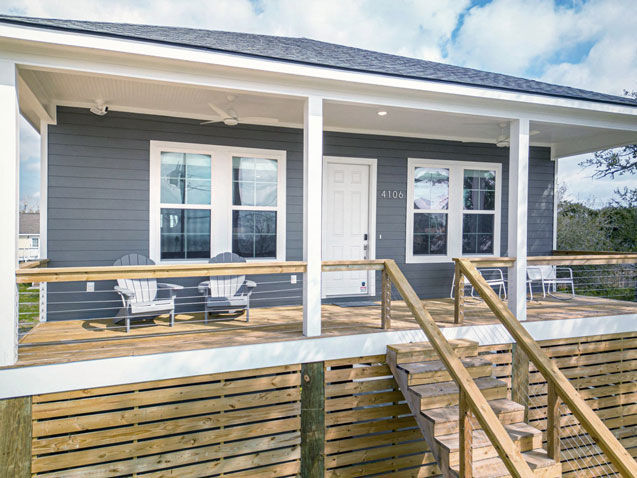Creating a comprehensive marketing plan for representing a client in finding a house involves several steps. Here’s a detailed approach:
1. Understand Client Needs
- Initial Consultation: Meet with the client to discuss their needs, preferences, and budget. This includes specific aspects like the number of bedrooms, location preferences (e.g., cul-de-sac, proximity to parks), and other desired features.
- Questionnaire: Provide a detailed questionnaire or checklist to capture all client preferences and requirements.
2. Research and Market Analysis
- Neighborhood Research: Investigate neighborhoods that match the client’s preferences, including amenities, school districts, and community features.
- Market Trends: Analyze current market trends to understand what is available within the client’s budget and desired areas.
3. Create a Targeted Property Search
- MLS Listings: Use MLS tools to search for properties that match the client’s criteria.
- Custom Alerts: Set up alerts for new listings that fit the client’s criteria to ensure they receive up-to-date information.
4. Develop Marketing Materials
- Property Listings: Create detailed and attractive property listings showcasing features that match the client’s preferences.
- Virtual Tours: Offer virtual tours or video walkthroughs of properties to provide an immersive experience.
5. Engage in Direct Marketing
- Social Media: Use social media platforms to promote listings that meet the client’s criteria. Target ads to specific geographic areas if needed.
- Email Campaigns: Send targeted email campaigns to potential sellers or real estate professionals in the desired area.
6. Networking and Outreach
- Local Agents: Connect with local agents and brokers who may have knowledge of properties not yet listed or upcoming listings.
- Community Engagement: Engage with community groups or local events to find potential sellers who may not have listed their properties yet.
7. Client Communication and Feedback
- Regular Updates: Keep the client informed about new listings, market conditions, and any potential issues.
- Feedback Collection: After property viewings, gather feedback from the client to refine the search criteria if necessary.
8. Negotiate and Close
- Offer Preparation: Prepare and submit offers on properties that meet the client’s criteria.
- Negotiation: Negotiate terms to ensure the best possible deal for the client.
- Closing Process: Guide the client through the closing process, including inspections, paperwork, and finalizing the purchase.
9. Follow-Up
- Post-Purchase Support: Offer support after the purchase, such as providing recommendations for movers, utility setup, and local services.
- Client Satisfaction: Ensure the client is satisfied with their new home and the overall process.
By following these steps, a real estate agent can effectively create a marketing plan that aligns with the client’s specific needs and expectations.
Here’s a detailed questionnaire designed to help a prospective home buyer client articulate their needs and preferences:
Home Buyer Questionnaire
Personal Information
- Full Name:
- Contact Number:
- Email Address:
- Preferred Method of Contact: (Phone, Email, Text)
Current Situation
- Are you currently renting or owning a home?
- If renting, when does your lease end?
- Do you have any specific constraints or deadlines for purchasing a home?
Financial Information
- What is your budget range for purchasing a home?
- Have you been pre-approved for a mortgage? (Yes/No)
- If yes, for what amount?
- Do you have a down payment amount in mind?
Home Preferences
- What type of home are you looking for? (Single-family, Townhouse, Condo, etc.)
- Preferred number of bedrooms:
- Preferred number of bathrooms:
- Desired square footage:
- Do you have a preference for a particular architectural style? (e.g., modern, colonial, ranch)
- Do you need any specific features? (e.g., home office, basement, attic)
Location Preferences
- Preferred neighborhoods or areas:
- Proximity to work or schools: (e.g., within 5 miles, 30-minute commute)
- Desired school district or nearby schools:
- Do you prefer a specific type of neighborhood? (e.g., suburban, urban, rural)
Community and Lifestyle
- Is proximity to public transportation important? (e.g., bus stops, train stations)
- Do you prefer a gated community or a neighborhood with an HOA? (Yes/No)
- Are there any amenities you want nearby? (e.g., parks, shopping centers, gyms)
- Do you have any preferences for community features? (e.g., community pool, playground)
Property Features
- Do you have a preference for a certain lot size?
- Desired type of yard or outdoor space: (e.g., fenced, garden, deck)
- Do you prefer a home with a yard? (Yes/No)
- Are there any specific interior features you want? (e.g., fireplace, hardwood floors, modern kitchen)
Special Considerations
- Are there any accessibility needs or requirements? (e.g., wheelchair accessible, no stairs)
- Do you have any allergies or sensitivities that might affect your home choice? (e.g., mold, dust)
- Are there any specific needs for pets? (e.g., pet-friendly yard, proximity to parks)
Additional Information
- Are there any specific deal-breakers or must-haves?
- What are your long-term goals for this property? (e.g., investment, family home, vacation property)
- Do you have any concerns or questions about the home-buying process?
Preferences for Viewings
- Preferred days and times for property viewings:
- Any specific requirements for virtual tours or showings?
Notes
- Any additional comments or information that might help us find the perfect home for you?
Membership benefit, a free form that your client can fill in and it will be sent to you just click the large button below:
This questionnaire will help you gather all the relevant details about your client’s needs and preferences, ensuring a tailored and efficient home-buying experience. The form can be filled in on the screen. It comes with some drop-down boxes to make completing the form easy. The best way to use this home buyers questionnaire is to click the button above and go to the page. Copy the URL from the top of the page and send it to your client.
Your client can then complete the form and send it using the button at the bottom. Both of you will receive a copy of only the data that has been entered. Empty fields are not transmitted. These are one-time forms, they can not be edited after being sent. You can however copy the information that comes to you and paste it into MS Word or a spreadsheet.
“`html
